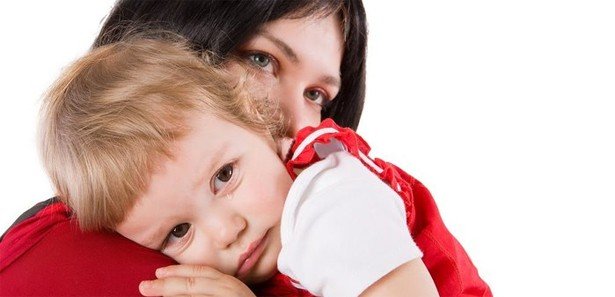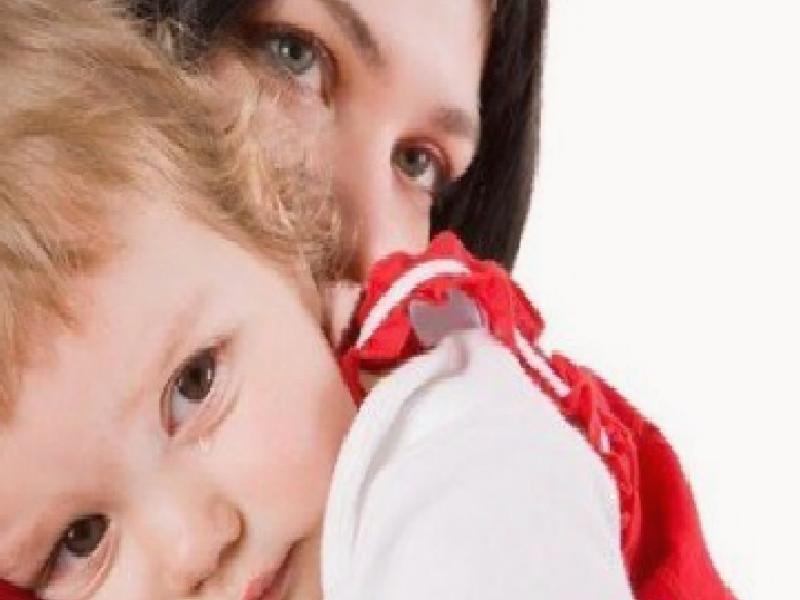
Starting and adapting to school is an important life experience in a child’s life. It is a separate source of excitement especially for the child who will start the first grade of primary school. There may still be uncertainties about what the school will be like, who it will be with, and the school rules, and each of these may be a separate anxiety factor. This excitement is a little more familiar for children who have received pre-school education and those who are in intermediate classes. Of course, it is not only children who experience excitement. Parents are also excited and curious during this period. Sometimes it even happens that the excitement of the parents overtakes the child. The situation is a little more difficult for the children of parents who are worried that the child will not adapt. He may have to deal with his own anxieties on the one hand, and those from his parents on the other. Anxious parents may overlook the potential for children’s anxiety when they convey to their children the potential problems they foresee. That’s why it’s important for parents to be aware of their own feelings. Negative statements about the school and the teacher will affect the child negatively. In addition, making exaggerated preparations can prevent the natural dimension of the work. It is necessary to answer the questions of providing the information that the child needs during the preparation period for school. It would be good to visit the school and see the class. Parental attitudes that serve the individualization of the child in the pre-school period and children who have gone through a healthy pre-school education period will have less adaptation difficulties.
Separation anxiety is one of the problems that negatively affect the adjustment period.
Certain degrees of separation anxiety are an expected part of a child’s normal development. It is normal to some degree of separation anxiety in young children who are just starting school. In separation anxiety disorder, there is inappropriate and excessive anxiety about separation from major developmental attachments. By the age of three, most children gain the cognitive capacity to understand that separation is temporary and can maintain an internal image of the mother in her absence. Therefore, separation anxiety decreases between the ages of 3-5.
Studies report that the biggest problem is separation from the mother. Reactions to separation are severe and beyond what is expected from the child’s developmental level. Reactions in children with separation anxiety disorder; school refusal, distress and fear in case of separation, recurrent physical symptoms such as stomachache, headache when separation is perceived, and nightmares about separation. Separation anxiety disorder is the most common anxiety disorder in children under the age of 12. Its frequency decreases with age. Although its onset is in preschool, it is most commonly seen at the age of 7-8 years. The prevalence of separation anxiety is reported to be 4% in school-age children and 1.6% in all adolescents.
Stressful life events (losses, illness, divorce of parents, a disaster causing separation from attachment figures, etc.) have been shown to be a significant risk factor for separation anxiety disorder. The overprotective and intrusive attitude of the family may accompany separation anxiety disorder.
School refusal is common in separation anxiety disorder. This needs to be distinguished from school refusal due to conduct disorder. The absenteeism patterns of these children are different. In separation anxiety disorder, while the child runs away from school to return home, the children in the other group travel with their peers without the knowledge of the family. Children with school refusal show a positive behavior pattern, unlike those with conduct disorder.
The symptoms of separation anxiety disorder vary according to the developmental stages. Young children aged 5 to 8 show fear of a bad event happening to their primary attachment and school refusal, while those aged 9 to 12 often experience intense distress during separation. School refusal and somatic complaints are frequently observed in adolescents aged 13-16 years. Persistent nightmares about separation have been described mostly in young children between the ages of 5-8 and rarely between the ages of 9-16. A large number of symptoms occur in young children with separation anxiety disorder. Fear of harm to himself and his major attachments is common.
It can be learned from the history taken that the child has experienced periods of separation such as illness, hospitalization, illness of the parents, loss of parents or moving. The main feature of separation anxiety disorder is excessive anxiety induced by separation from parents, home, or familiar surroundings. The child’s anxiety can reach the level of horror or panic. In this disorder, children are afraid that bad things will happen when they are away from their important relatives and that the person who approaches them will harm them. Many worry that their parents will get sick or have an accident. Fears that they will be abducted, lost, and unable to find their families are common. Adolescents cannot directly express their concerns about separation from their mothers. This anxiety has an effect on their behavior. They feel distressed when they leave home or attend an event alone. They want someone (usually their mother) with them when they go shopping, having fun or going out in social situations. Mild anxiety that occurs frequently before separation is exacerbated after separation. Irritability, difficulty in eating, irritability, clinging to parents or constantly watching them are seen. Sleep problems are common. They want someone to stay with them until they fall asleep. These children often go to the parents’ bed or sleep at their door. Nightmares and fears are another manifestation of anxiety. They often cause complaints such as nausea, vomiting and stomach pain. They may have aches in different parts of their bodies, sore throat and flu-like symptoms. Older children have symptoms such as palpitations, weakness, and fainting.

